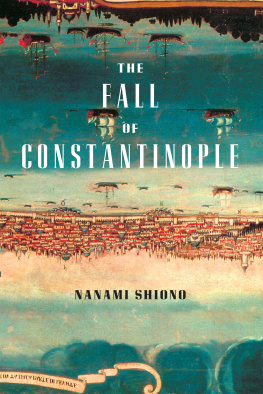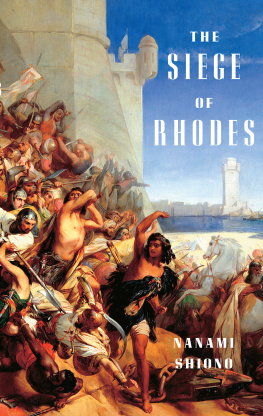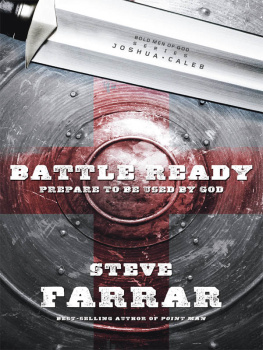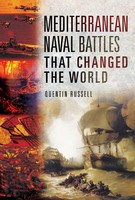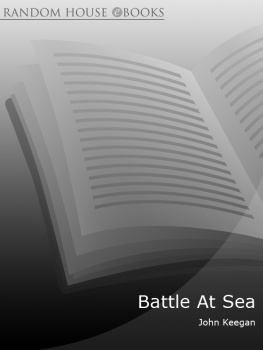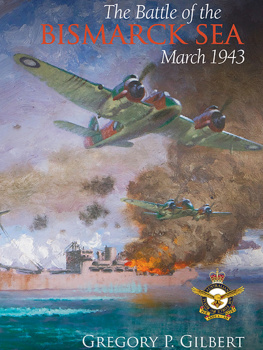Nanami Shiono - The Battle of Lepanto
Here you can read online Nanami Shiono - The Battle of Lepanto full text of the book (entire story) in english for free. Download pdf and epub, get meaning, cover and reviews about this ebook. year: 2020, publisher: Kodansha USA, genre: History. Description of the work, (preface) as well as reviews are available. Best literature library LitArk.com created for fans of good reading and offers a wide selection of genres:
Romance novel
Science fiction
Adventure
Detective
Science
History
Home and family
Prose
Art
Politics
Computer
Non-fiction
Religion
Business
Children
Humor
Choose a favorite category and find really read worthwhile books. Enjoy immersion in the world of imagination, feel the emotions of the characters or learn something new for yourself, make an fascinating discovery.
- Book:The Battle of Lepanto
- Author:
- Publisher:Kodansha USA
- Genre:
- Year:2020
- Rating:4 / 5
- Favourites:Add to favourites
- Your mark:
- 80
- 1
- 2
- 3
- 4
- 5
The Battle of Lepanto: summary, description and annotation
We offer to read an annotation, description, summary or preface (depends on what the author of the book "The Battle of Lepanto" wrote himself). If you haven't found the necessary information about the book — write in the comments, we will try to find it.
The Battle of Lepanto — read online for free the complete book (whole text) full work
Below is the text of the book, divided by pages. System saving the place of the last page read, allows you to conveniently read the book "The Battle of Lepanto" online for free, without having to search again every time where you left off. Put a bookmark, and you can go to the page where you finished reading at any time.
Font size:
Interval:
Bookmark:
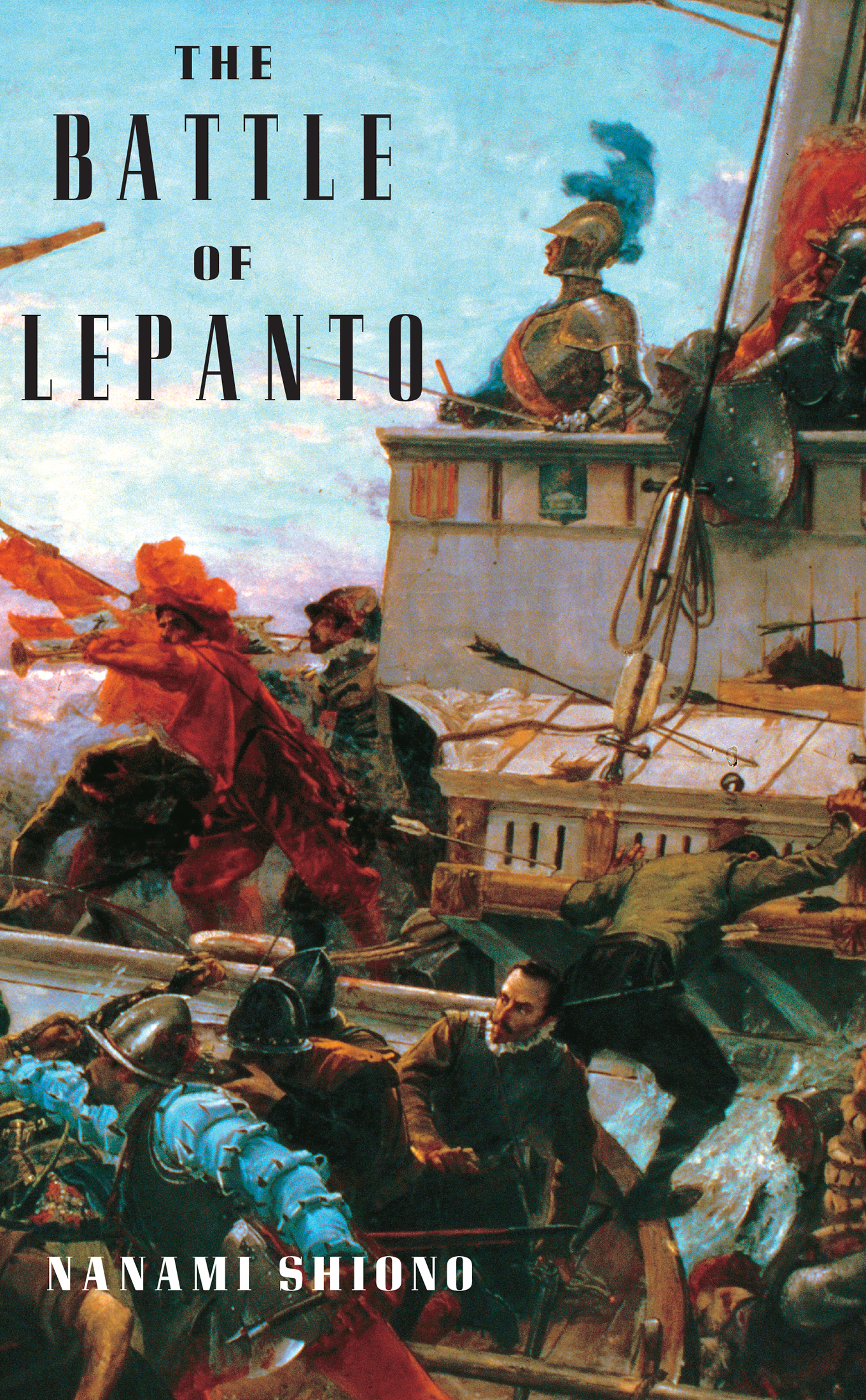
Praise for The Fall of Constantinople, also by Nanami Shiono:
Shiono has a talent for weaving the thoughts of diverse characters into a credible narrative [and] depict[ing], in elegant prose, the decisive moments of the battleA well-paced and entertaining insight into the fall of a city and the various political and religious forces that contributed to its decline.
The International Herald Tribune
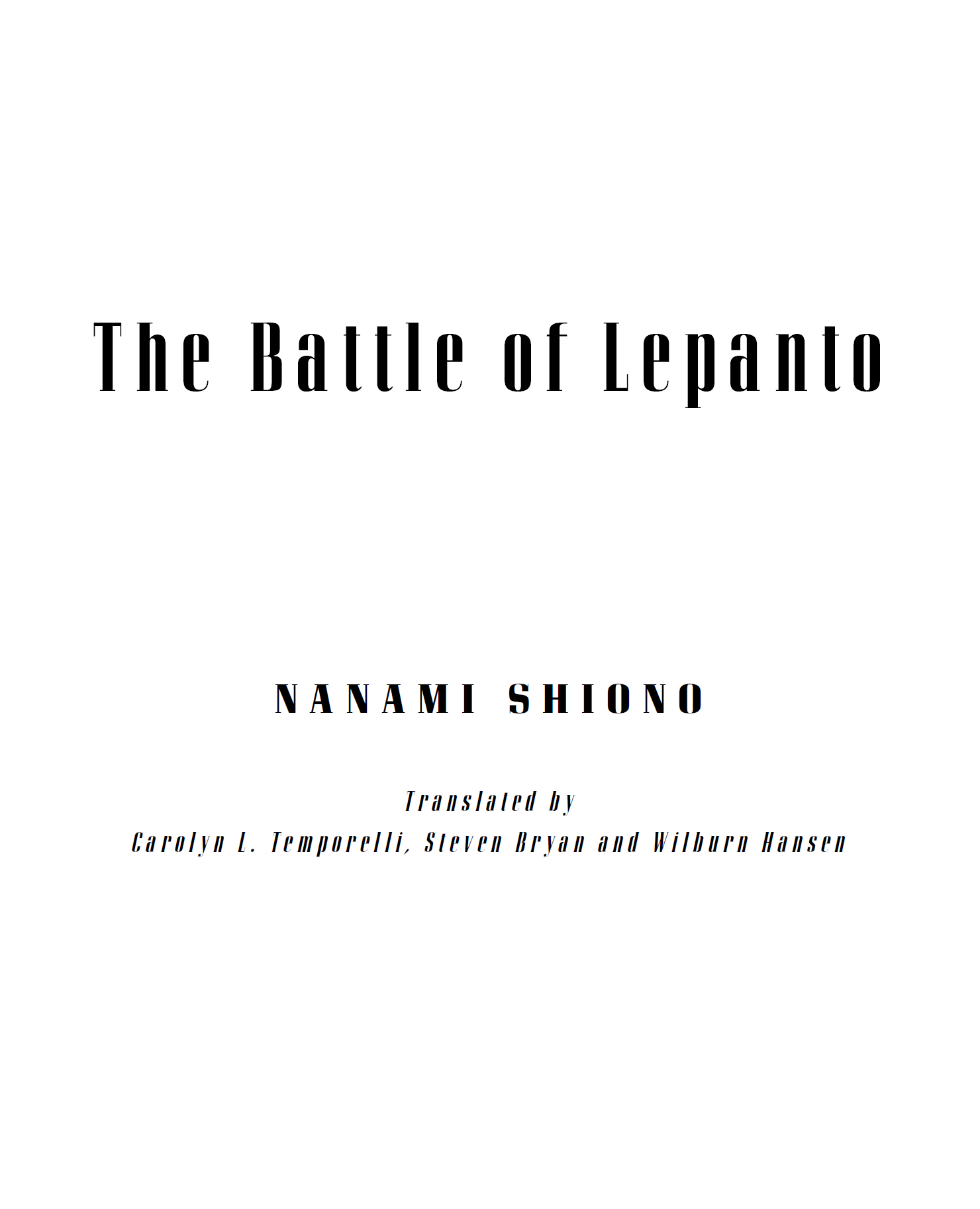
Copyright 2007 by Nanami Shiono
All rights reserved.
Published by Vertical, an imprint of
Kodansha USA Publishing, LLC., 2020
Originally published in Japanese as Repanto no Kaisen by Shinchosha, Tokyo, 1987.
Ebook ISBN9781949980967
First Edition
Kodansha USA Publishing, LLC.
451 Park Avenue South, 7th Floor
New York, NY 10016
www.readvertical.com
a_prh_5.5.0_c0_r0
Paul VI was Pope, so it must have been ten years ago. I was watching the Italian state news and couldnt help but smile when I heard the following report:
As an expression of his desire to establish friendly relations with peoples of other faiths, Pope Paul VI has decided to give the Islamic battle flag captured by the Christian fleet in the 1571 Battle of Lepanto back to Turkey. The Pope handed the flag today to the Turkish ambassador to Italy.
I realize that, regardless of place or time, having ones flag captured by the enemy has always been considered an extreme humiliation, but the Battle of Lepanto took place over four hundred years ago.
The Military Museum in Istanbul contains spoils of war from various Christian countries; the street in front is lined with cannons taken as trophies of war from the army of the former Republic of Venice. The modern-day Turkish Republic doesnt display these items captured three or four hundred years ago out of pride, however. After the passage of so much time they are no longer the spoils of war but, rather, historical relics.
Turkey must have wondered what to do with that flag. Turkish schoolbooks still dont mention the Ottoman defeat at Lepanto, and there is no greater proof of defeat than a battle flag captured by the enemy. I doubt the Turks would want to display the flag prominently, but they also cannot simply burn something that was returned to them in a spirit of goodwill.
I am certain that this bothersome object was stowed in the back of some archive because, after I watched that broadcast, I traveled to Turkey and searched for it extensively without success. I scoured Topkapi Palace as well as the Military Museum, which contains memorabilia from all of the Ottoman Empires battles on both land and sea. I even looked in the Naval Museum, which seems to be perennially closed, but in the end never found the flag.
The flag was made of white silk and embroidered in gold with a verse from the Koran. It had been brought especially for the Battle of Lepanto from the holy land of Mecca and flown from the mast of the flagship of the Ottoman navys grand admiral, Ali Pasha.
Now, thanks to the work of self-styled progressive idealists, we have lost the opportunity to ever see it again. I doubt that many people today, four hundred years later, are led to believe that Christians are superior to Muslims by seeing that flag in the Vatican Museum. I also cannot believe that the number of Muslims who would be offended is significant.
The Battle of Lepanto was a single historical event. While it does have a certain distinctiveness as a battle between Christians and Muslims, as in all other wars the outcome was ultimately decided by how the men on each side fought. In that sense, it makes no difference that it was fought by Christians and Muslims, or even that it took place four hundred years ago.
The Battle of Lepanto marked the end of the long age in which the Mediterranean Sea was historys stage, and it was also the final great battle in which galley warships played the leading role.
Next door to my study (which I call my archives), there is a long, thin room, at the center of which is a desk that has been covered for several months with a chart. When this chart, which measures one meter by seventy centimeters, is lined up with a 1:10,000 scale map made by the British navy of the seas around Lepanto, the two essentially cover all of the desk, a medieval monastery desk that measures two hundred and forty by seventy centimeters. A 1:1,000,000 scale map made by the Italian navy that depicts all of the Aegean Sea from Southern Italy to Greece barely peeks out from beneath the other two.
The chart lists the more than four hundred Christian and Muslim ships that participated in the Battle of Lepanto, although for some ships nothing but the ensign, name, nationality, and captains name are recorded. I cut the chart out of a scholarly book published in Venice half a century ago, to which it was the appendix. I bought the volume in a used bookstore several years ago not because I was interested in the text but because I wanted the chart.
The paper on which the chart is printed was probably of good quality in its day. After fifty years, however, and even though it had not been read by many people, the paper had a yellow tint, the lettering in the creases had faded away, and the chart had been torn in four places. My first task was to trace over the faded letters in pencil and to reinforce the ripped portions with transparent cellophane tape.
The chart is divided down the middle with the Christian warships to the left and the Muslim warships to the right so that they face each other. The ships from the various Christian countries are listed with the left flank at the top, the main force in the middle and the right flank at the bottom, while the rear guard is lined up on the far left edge. Similarly, the formation of the Muslim fleet shows the right flank at the top, the main force in the middle, and then the left flank at the bottom. It thus depicts the precise alignment of the ships immediately before the two fleets clashed at the mouth of the Gulf of Patras near noon on October 7, 1571.
I would like to point out a few particular entries. The top of the chart lists the war galley that was positioned on the far left side of the left flank of the Christian formation:
Flagship of the navy of the Venetian Republic. Commander of the left flank, Admiral Agostino Barbarigo. Ships captain, Federico Nani. Commander of the knights, Sigismondo Malatesta. Commander of the foot soldiers, Silvio de Portia.
Securing the corresponding far right flank of the Muslim forces we find:
Egyptian flagship. Commander, Governor of Alexandria, Mohammed Suluk.
Few people would be able to tell on the basis of this entry alone, but this governor of Alexandria was in fact also known as Scirocco (southeastern wind). He was best known by this nickname, and his primary occupation was in fact that of pirate captain.
Unlike Venice, Turkey was not a maritime nation and had no heritage of naval warfare. It thus had to rely on Muslim pirates when forming its navy. These pirates were appointed as governors and pashas in places such as Alexandria, Tunis, and Algiers, known dens of piracy. In return, they were called upon to serve whenever the Ottoman Empire fought at sea. This system benefited not only the Ottoman sultan but the pirate leaders as well: regardless of their power, the pirates had always been considered outcasts. This system gave them official recognition.
Font size:
Interval:
Bookmark:
Similar books «The Battle of Lepanto»
Look at similar books to The Battle of Lepanto. We have selected literature similar in name and meaning in the hope of providing readers with more options to find new, interesting, not yet read works.
Discussion, reviews of the book The Battle of Lepanto and just readers' own opinions. Leave your comments, write what you think about the work, its meaning or the main characters. Specify what exactly you liked and what you didn't like, and why you think so.


